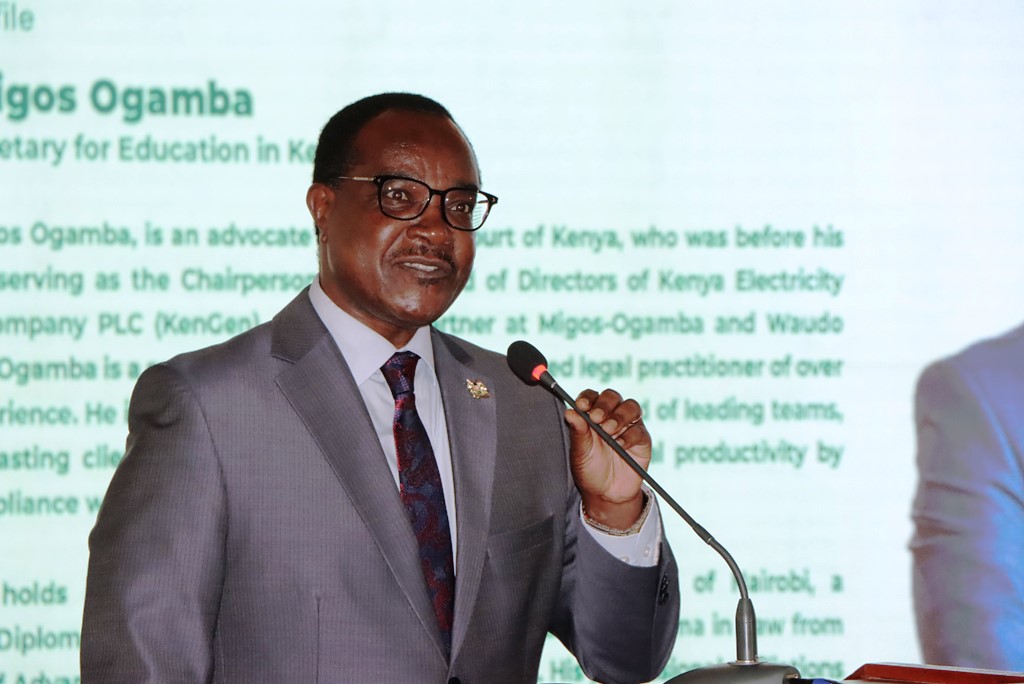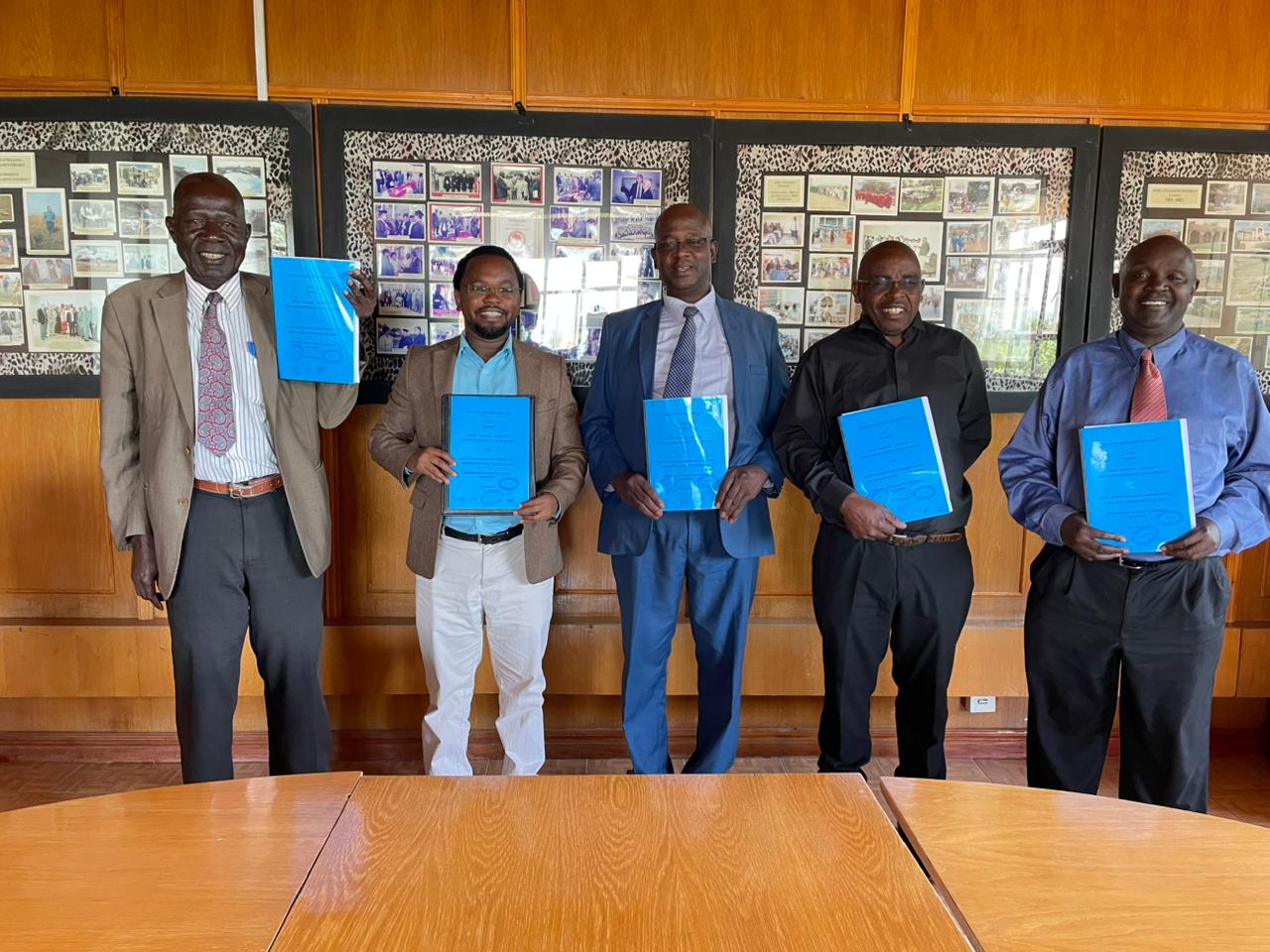By Staff Reporter
President Daniel Arap Moi, as a classroom teacher and later Minister of Education, held education close to his heart. He helped build numerous schools.
Kenya National Teachers Union (KNUT) identified the former President as having played a critical role in the formation of the union to fight for better terms.
“Kenyan teachers will fondly remember him as an educator, teacher, and most importantly the brain box behind the formation of the union in 1957 while serving as a member of Legco,” KNUT Secretary General Wilson Sossion said in a statement.
The union officials visited former President Moi’s home to pay tribute to the man who was instrumental in the formation of their union.
The officials expressed concern that the gains realised over the years may be eroded if deliberate interventions are not made to keep it alive in his memory.
“Mzee Moi enters in the annals of history as a great contributor to education development in Kenya,” they said.
While serving as a teacher in the Rift Valley, Moi plunged into politics, consequently playing a bigger and better role in the education sector.
Despite being elevated into senior political positions, Moi held his teaching profession close to his heart.
One of the memorable motions he moved while as a Legico member is the demand that African teachers be allowed to form their own association, and as a result, KNUT was born.
Moi therefore successfully moved a freelance motion in the House that the Government should help teachers to form one national body.
Prior to that, there were fragmented teachers’ bodies like Nyanza African Teachers Union, Catholic African Teachers Association, Coast African Teachers Association and Central Province African Teachers Union.
The Government accepted the motion, which saw Minister for Education W.F. Coutts invite leaders to a meeting in December 1957 at Pumwani DEB School.
It is during this meeting that KNUT was born.
In 1957, the same year KNUT was formed, Moi was re-elected back to Legico as the Rift Valley Representative.
Owing to his experience in the classroom and his organisational skills in matters related to education, he was appointed the Minister of Education in the pre-independence Government 1960-1961.
In 1981, he established the Mackay Education Task force which tremendously changed the education landscape in Kenya.
Besides recommending of the formation of a university that would be technologically oriented, the taskforce proposed the change of the structure of the education system.
As a result, the education system changed from 7-4-2-3 to 8-4-4.
It was always during his Moi’s watch that Kenya had the first ever Presidential Working Party on Education and manpower Development for the Next Decade and Beyond-1988, which made numerous recommendations on education.
Among others, it proposed expansion of university education, expansion of teacher training at all levels, emphasis on vocational and technical education establishment of centres of excellence in training, research, technology and the arts.
Besides, it introduced school feeding programme such as the popular ‘maziwa ya nyayo’.
In 1999, President Moi established a Commission with specific mandate to inquire into the Education System of Kenya, and it concerned itself with issues of management and legal framework of Education and Training.
It also discussed the need for access, quality and relevance of education at all levels with the linkage of formal, vocation, technical and industrial education to employment, enterprise, investment, industrialisation and development.
Mount Kenya University founder and Chairman Simon Gicharu stated that Moi’s administration established a bedrock from which Kenya’s education was founded and flourish.
“Driven by a passion that was moulded through his early life experienced as a teacher, Moi embraced education with a near compulsive obsession,” Gicharu noted.






